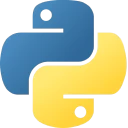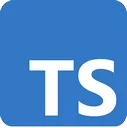Our team created a Layer 1 blockchain network that is built on the Proof of Stake algorithm. Capable of processing 2500 of transactions per second (TPS), the platform’s performance far surpasses Bitcoin’s 7 TPS and Ethereum’s 30 TPS. This speed eliminates bottlenecks and allows real-time transactions thanks to the aBFT consensus algorithm.
One of the platform’s distinguishing features is its compatibility with DeFi applications. Built with DeFi in mind, network provides a solid foundation for developers to build various financial products and services, fostering the rapid growth of the DeFi ecosystem.
Under an NDA, we can’t disclose the project name, but we’re open to answering any questions about it as much as we can.













